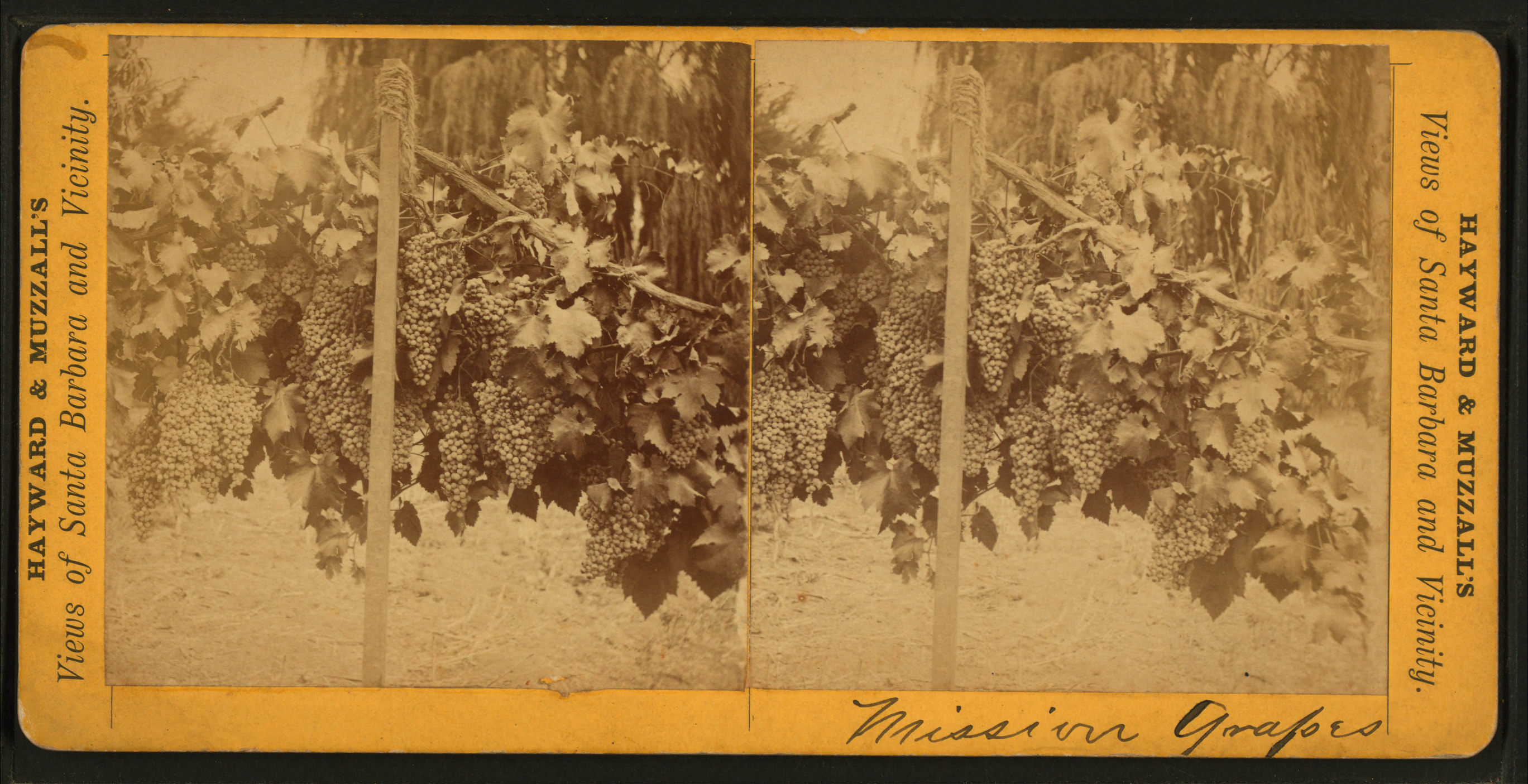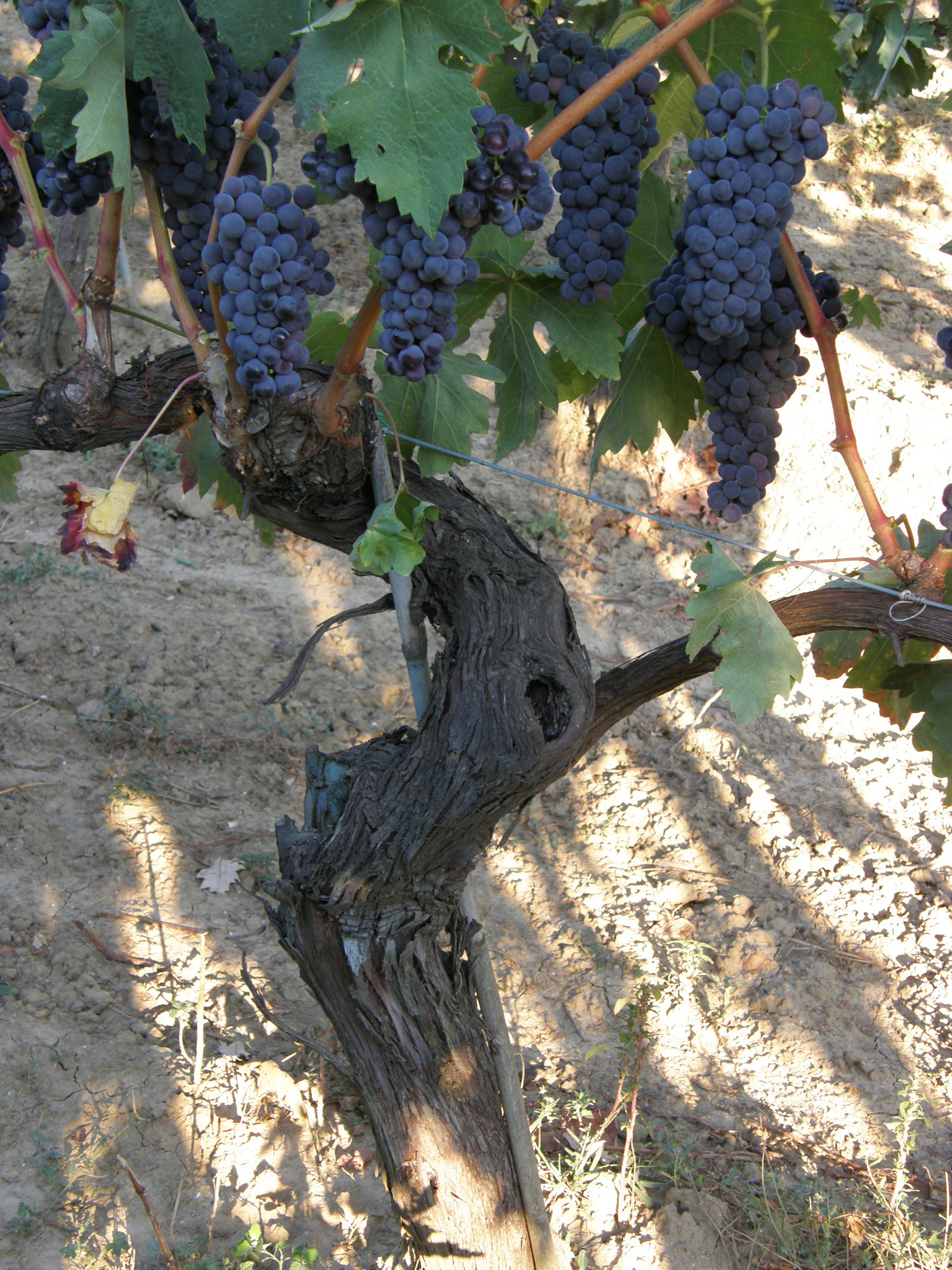|
Valdeorras (DO)
Valdeorras is a Spanish Denominación de Origen Protegida (DOP) (''Denominación de Orixe Protexida'' in Galician) for Galician wines located on the banks of the river Sil in the south of the province of Ourense, ( Galicia, Spain). History Valdeorras, whose name means “Valley of Gold”, may have been the first grape-growing and wine-producing region in Galicia. After the ancient Romans had finished mining the area for gold, they planted vines, and the wines produced were mentioned in several inscriptions in Latin. During the Middle Ages the vineyards were taken over and managed by the religious orders. After a centuries-long period of decline, the 19th century saw the area take off again. In the 1970s experiments were conducted to reintroduce the native Godello grape variety. The area acquired its official DO status in 1945. Geography The vineyards of the Valdeorras DOP are on the banks of the river Sil, which flows westwards from Castile and León to the province of Ou ... [...More Info...] [...Related Items...] OR: [Wikipedia] [Google] [Baidu] |
Province Of Ourense
Ourense (in Spanish, ''Orense'') is a Spanish province, in the southeastern part of the autonomous community of Galicia. It is bordered by the provinces of Pontevedra to the west, Lugo to the north, León and Zamora, (which both belong to Castile and León) to the east, and by Portugal to the south. With an area of 7,278 square km., it is the only landlocked province in Galicia. The provincial capital, Ourense, is the largest population centre, with the rest of the province being predominantly rural. Denomination ''Ourense'' (in Galician) is the official name adopted by Parliament in Spain, according to Law 2/1998. Geography Ourense is surrounded by mountains on all sides. These mountains historically isolated the province from the more populated Galician coast. Until a highway was built in recent years linking Ourense with Vigo in the west and Benavente in the east, the only quick way for people to enter or leave the province was by railway. The principal river system is ... [...More Info...] [...Related Items...] OR: [Wikipedia] [Google] [Baidu] |
Torrontés
Torrontés is a white grape variety, mostly produced and known in Argentine wine, producing fresh, aromatic wines with moderate acidity, smooth texture and mouthfeel as well as distinctive peach and apricot aromas on the nose.Robinson, Jancis ''Vines, Grapes & Wines'' pg 47, 246 Mitchell Beazley 1986 Three Torrontés varieties exist in Argentina: Torrontés Riojano, the most common, Torrontés Sanjuanino, and Torrontés Mendocino. It is primarily Torrontés Riojano that has received attention for the quality of its wines, and is the variety used for most Argentine wines simply labeled Torrontés.J. Robinson ''Jancis Robinson's Guide to Wine Grapes'' pg 187-188 Oxford University Press 1996 The three grapes are relatively similar but do have some noticeable differences. Torrontés Riojano and Torrontés Sanjuanino both tend to have large loose bunches of pale grapes while Torrontés Mendocino, however, has smaller, tighter bunches of darker yellow grapes. Torrontés Riojano is the ... [...More Info...] [...Related Items...] OR: [Wikipedia] [Google] [Baidu] |
Spanish Wine
Spanish wine () includes red, white, and sparkling wines produced throughout the country. Located on the Iberian Peninsula, Spain has over 1.2 million hectares (2.9 million acres) planted in wine grapes, making it the most widely planted wine-producing nation,K. MacNeil ''The Wine Bible'' pg 410-422 Workman Publishing 2001 but the second largest producer of wine in the world, behind Italy and ahead of France and the United States. This is due, in part, to the very low yields and wide spacing of the old vines planted on the dry soils found in some of the Spanish wine regions. The country is ninth in worldwide consumption with Spaniards drinking, on average, 21.6 litres (5.7 US gal) per person a year. The country has an abundance of native grape varieties, with over 400 varieties planted throughout Spain, though 88 percent of the country's wine production is from only 20 grapes — including the reds Tempranillo, Bobal, Garnacha, and Monastrell; the whites Alba ... [...More Info...] [...Related Items...] OR: [Wikipedia] [Google] [Baidu] |
Wine Regions Of Spain
Wine is an alcoholic drink typically made from fermented grapes. Yeast consumes the sugar in the grapes and converts it to ethanol and carbon dioxide, releasing heat in the process. Different varieties of grapes and strains of yeasts are major factors in different styles of wine. These differences result from the complex interactions between the biochemical development of the grape, the reactions involved in fermentation, the grape's growing environment (terroir), and the wine production process. Many countries enact legal appellations intended to define styles and qualities of wine. These typically restrict the geographical origin and permitted varieties of grapes, as well as other aspects of wine production. Wines not made from grapes involve fermentation of other crops including rice wine and other fruit wines such as plum, cherry, pomegranate, currant and elderberry. Wine has been produced for thousands of years. The earliest evidence of wine is from the Caucasus region ... [...More Info...] [...Related Items...] OR: [Wikipedia] [Google] [Baidu] |
Alicante Bouschet
Alicante Bouschet or Alicante Henri Bouschet is a wine grape variety that has been widely cultivated since 1866. It is a cross of Petit Bouschet (itself a cross of the very old variety Teinturier du Cher and Aramon) and Grenache.Alicante Henri Bouschet , , accessed on June 26, 2010 Alicante is a '''', a grape with red flesh. It is one of the few ''teinturier'' grapes that belong to the '' |
Alvarelhão
Alvarelhão is a red wine grape grown in northern Portugal. History Alvarelhão must have originated in northern Portugal, but little is known of its ancestry. DNA studies have shown some similarity to Esgana Cão. Distribution and Wines Portugal In Portugal there are 470 hectares of either Alvarelhão or the grape called Brancelho. It is blended into red wine in the Dão region. It is said to be part of the port wine blend in the Douro, although it is not mentioned on the IVDP website as one of the main 11 red grapes of the Douro. Spain In Spain Alvarelhão is grown as Brancellao, where they also use the synonym of Albarello.J. Robinson, J. Harding and J. Vouillamoz ''Wine Grapes - A complete guide to 1,368 vine varieties, including their origins and flavours'' It is one of the authorised varieties in the Galician wine regions of Rías Baixas DOP and Ribeira Sacra. Although similar in name, it is different from Albariño. United States There have been some experiments ... [...More Info...] [...Related Items...] OR: [Wikipedia] [Google] [Baidu] |
Trousseau (grape)
Trousseau or Trousseau Noir, also known as Bastardo and Merenzao, is an old variety of red wine grape originating in eastern France. It is grown in small amounts in many parts of Western Europe; the largest plantations are today found in Portugal, where most famously it is used in port wine. It makes deep cherry red wines with high alcohol and high, sour candy acidity, and flavours of red berry fruits, often complemented - depending on production - by a jerky nose and an organic, mossy minerality. History and pedigree Trousseau originated in eastern France where it was once widely cultivated, and DNA profiling has indicated that the variety has a parent-offspring relationship with Savagnin, and that it is a sibling to Chenin blanc and Sauvignon blanc. DNA profiling has likewise shown that Trousseau has been cultivated on the Iberian Peninsula for at least 200 years under several different names, including Bastardo, but it is unknown how it came to be introduced there. Troussea ... [...More Info...] [...Related Items...] OR: [Wikipedia] [Google] [Baidu] |
Tempranillo
Tempranillo (also known as Ull de Llebre, Cencibel, Tinto Fino and Tinta del Pais in Spain, Aragonez or Tinta Roriz in Portugal, and several other synonyms elsewhere) is a black grape variety widely grown to make full-bodied red wines in its native Spain. Its name is the diminutive of the Spanish ''temprano'' ("early"), a reference to the fact that it ripens several weeks earlier than most Spanish red grapes. Tempranillo has been grown on the Iberian Peninsula since the time of Phoenician settlements. It is the main grape used in Rioja, and is often referred to as Spain's noble grape. The grape has been planted throughout the globe's wine regions. In 2015, Tempranillo was the fourth most widely planted wine grape variety worldwide with under vine, of which 87% was in Spain where it is the most planted red grape variety. Unlike more aromatic red wine varieties like Cabernet Sauvignon, Sangiovese and Pinot noir, Tempranillo has a relatively neutral profile so it is often b ... [...More Info...] [...Related Items...] OR: [Wikipedia] [Google] [Baidu] |
Mencía (grape)
Mencía, known as Jaen in Portugal, is a grape variety native to the western part of the Iberian Peninsula. In Spain, it is planted on over , with another in neighboring Portugal. It is primarily found in the Bierzo, Ribeira Sacra, Valdeorras, Monterrei and Dão wine regions. Most wines produced from Mencía have traditionally been light, pale, relatively fragrant red wines for early consumption. This style of wine was the result of post-Phylloxera plantations on fertile plains, which tended to give high yields but diluted wine. In recent years, much more concentrated and complex wines have been produced by a new generation of winemakers, primarily from old vines growing on hillsides, often on schist soils, in combination with careful vineyard management. This has led to a renewed interest in Mencía and the denominaciones de origens using it, such as Bierzo, Valdeorras, Ribeira Sacra, Monterrei and the little-known Liébana. Since the 1990s, the grape is increasing in po ... [...More Info...] [...Related Items...] OR: [Wikipedia] [Google] [Baidu] |
Palomino Fino
Palomino Fino is a white grape widely grown in Spain and South Africa, and best known for its use in the manufacture of sherry. It is also grown in the Douro region of Portugal where it is used for table and fortified wines. Wine regions In Spain, the grape is split into the sub-varieties Palomino Fino, Palomino Basto, and Palomino de Jerez, of which Palomino Fino is by far the most important, being the principal grape used in the manufacture of sherry. The wine formed by fermentation of the grape is low in both acidity and sugar which, whilst suitable for sherry, ensures that any table wine made from it is of a consistently low quality, unless aided by acidification. It is the fourth most common white grape variety grown in Spain, with in 2015. There are substantial plantings in Andalusia for sherry production, and it is also widely grown on the Canary Islands, and in Galicia. In France, it is referred to as Listán, and in South Africa as Fransdruif or White French. It ... [...More Info...] [...Related Items...] OR: [Wikipedia] [Google] [Baidu] |
Doña Blanca
Doña Blanca (Spanish "White Lady", also known as Dona Branca in Portuguese) is a white Spanish and Portuguese grape variety that is grown primarily in the northwest Galicia region of Spain and throughout Portugal from the Douro northward. The variety is a permitted grape in the Spanish '' Denominación de Origens'' (DOs) of Valdeorras and Monterrei in Galicia and Bierzo in nearby Castile and León. In Spain, the variety is known as Doña Blanca (except in Valdeorras, where it is primarily known as Valenciana), while in Portugal it goes mainly by the name Doña Branca. The grapes have thick skins, which do well in the wet maritime climate, but it can also impart some astringency and slight bitterness even with the briefest of skin contact during production due to the high proportion of polyphenols in the skin The phenolic content in wine refers to the phenolic compounds— natural phenol and polyphenols—in wine, which include a large group of several hundred chemical compoun ... [...More Info...] [...Related Items...] OR: [Wikipedia] [Google] [Baidu] |







